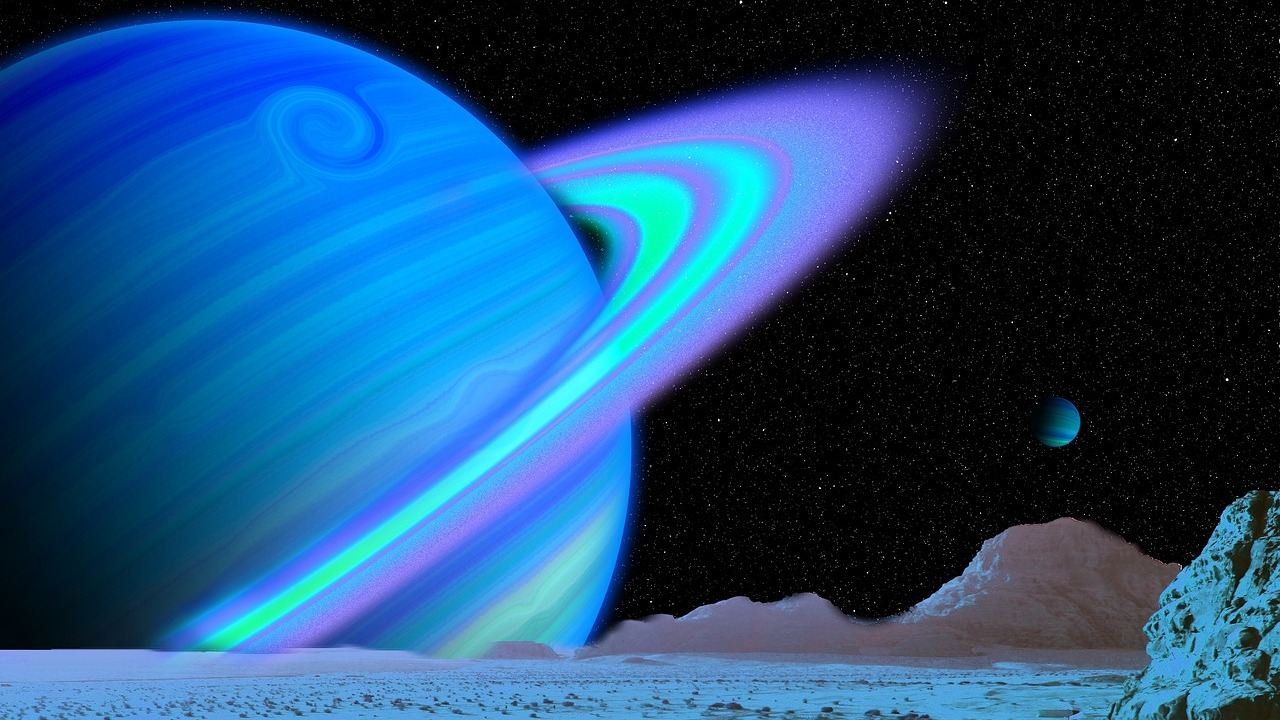In 1986, Voyager 2 passed by Uranus, and at that time the LECP detector was collecting data around the planet. Now scientists have returned to that data and looked at the population of high-energy particles trapped in Uranus’ magnetic field.
It turns out that the particles recorded by Voyager 2 were not widely dispersed. They stay in a restricted area, roughly midway between Ariel and Miranda’s orbits. That is, the population has a source that constantly feeds it. There may be geysers on one of the moons. If there are geysers, then maybe the ocean.
Another indirect proof of this is images taken by the same Voyager 2. Satellites show areas where there may be traces of spilled and frozen water.
Source: Ferra
I am a professional journalist and content creator with extensive experience writing for news websites. I currently work as an author at Gadget Onus, where I specialize in covering hot news topics. My written pieces have been published on some of the biggest media outlets around the world, including The Guardian and BBC News.










